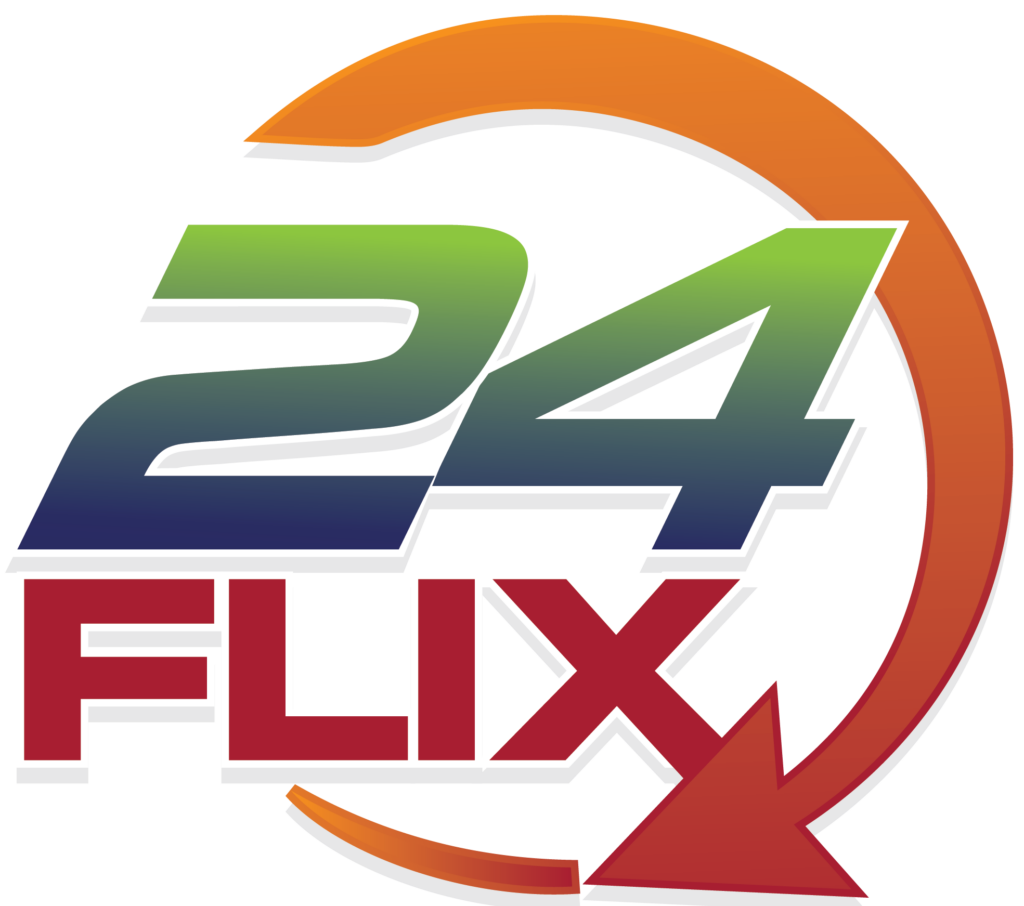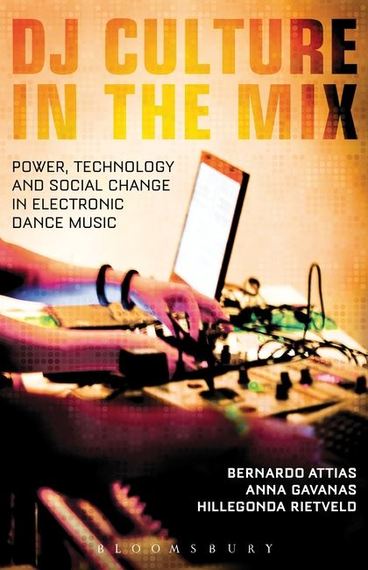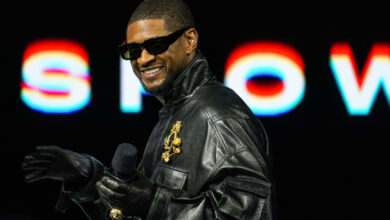DJ Culture in the Mix: An Interview with Book Co-Editor Bernardo Attias
DJ Culture in the Mix (Bloomsbury, 2013) edited by Bernardo Attias, Anna Gavans and Hilegonda Rietveld is a book that explores, in its own unique way, the ever-changing landscape of DJ culture, particularly in the genre known as electronic dance music (EDM). The book focuses on the DJ specifically as an artist. This approach is much-needed in a time when the DJ has become ubiquitous in the mainstream.
The book’s critical framework also invites the reader to reflect on the act of cutting and mixing on digital decks and turntables as an art form, which has experienced ongoing creative expansion due to the constant development of new technology used, not only to repurpose music and to create new compositions, but also to share it and perform it. Some of the text also focuses on cultural tensions in relation to gender, ethnicity and the act of DJ-ing. Instead of doing a straight forward review of the book, I found it worthwhile to interview extensively one of the editors. In what follows, Bernardo Attias kindly explains the process of editing the book, while also sharing personal reflections on what it means to be a DJ scholar and practitioner.
E. Navas: Please share how the book theme came about. What was the process of collaboration among the three co-editors?
B. Attias: The three of us met at a conference in Kingston in 2008. At the time, Anna Gavanas had been working on a proposal for a book to be called International DJ Bums that really stressed the international theme. She and I began collaborating, and we got in touch with Graham St. John at Dancecult: Journal of Electronic Dance Music Culture. Through this connection, we decided to pursue a special issue of the journal devoted to DJ culture. This became our focus for the next couple of years, and the result was the 2011 special edition, which Anna and I guest edited.
This experience inspired us to explore some ideas that hadn’t made it into the journal, and we wanted to pursue these issues in a format that didn’t have the same limitations as a journal special issue. We had also wanted to work with Hillegonda Rietveld for some time. We had approached her while working on the journal — so when she agreed to join forces with us on an edited collection, the project took on new life for all of us.
It was a remarkable collaboration. Three scholars from different parts of the world, who had all also worked regularly as electronic dance music DJs, and who had only met once (in yet another part of the world). We set to work on a call for participation that we batted around over email and Skype before sending it out into the world. We scheduled regular meetings over Skype, mostly using the voice chat feature to arrange conference calls among the three of us. Of course, the time zone differences presented challenges, and we often met at odd hours. If I may be permitted to quote myself from an interview with the publisher’s online forum:
Honestly my biggest surprise…




